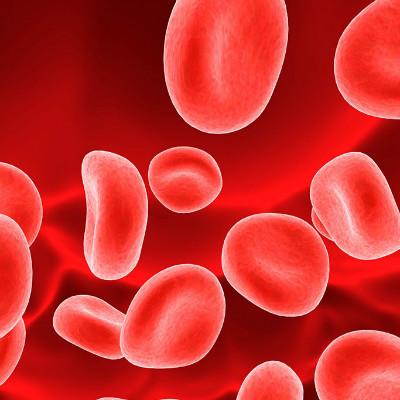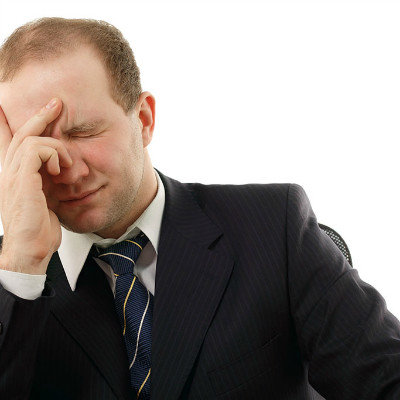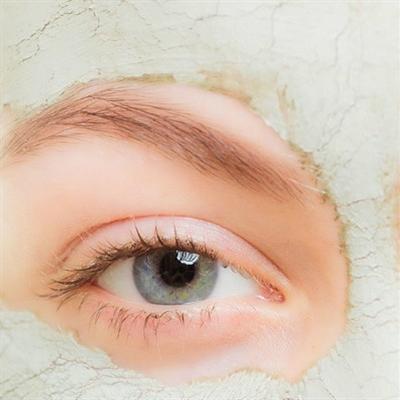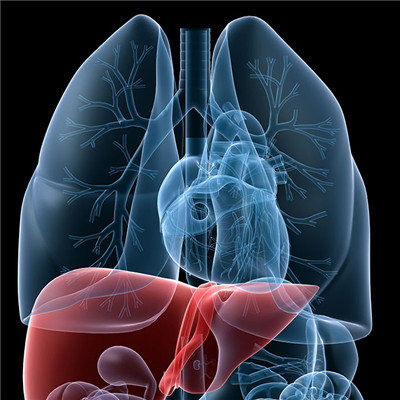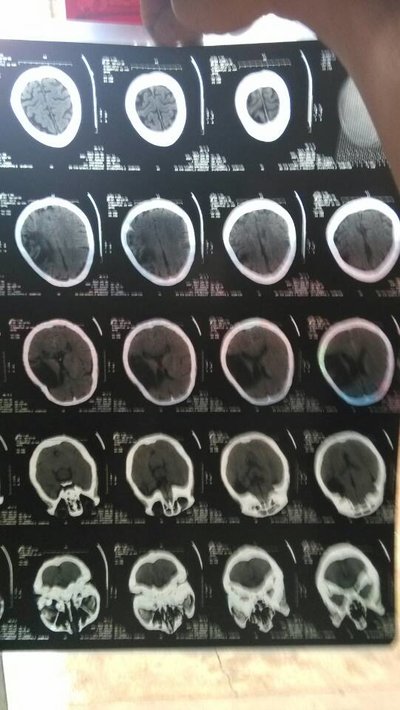What symptom does gonorrhea have later period?
summary
About 10% of men and 50% of women infected with Neisseria gonorrhoeae do not have any clinical symptoms, showing subclinical or carrier status, especially rectal and pharyngeal Neisseria gonorrhoeae infection. Asymptomatic carriers play an important role in the transmission of Neisseria gonorrhoeae infection. What symptom does gonorrhea have later period? Next, I'd like to share my views with you.
What symptom does gonorrhea have later period?
Gonococcal epididymitis: epididymitis is the most common complication of gonococcal urethritis in men. It is usually caused by the untimely treatment or improper treatment of gonococcal urethritis, with an incidence rate of about 1%. In STD clinic, epididymitis occurs in male patients under 35 years old. Chlamydia infection is also a common cause, sometimes mixed infection of two pathogens.
Gonococcal prostatitis: the onset of acute prostatitis is more acute. Patients may have urinary tract infection symptoms such as dysuria, frequent micturition and urgency, prostatitis symptoms such as low back pain, perineal pain, penile or rectal pain, and bacteremia symptoms such as fever, shivering, tachycardia, arthralgia and muscle pain.
Other complications: in addition to prostatitis, local gland infection can also be complicated with prepuce adenitis, paraurethral adenitis and urethral adenitis. Other local complications included gonococcal balanitis or balanitis, seminal vesiculitis, periurethral abscess, cavernitis, urethral stricture, etc.
matters needing attention
The harm of gonorrhea is very big, if you can have a detailed number of its symptoms, not only can you find the disease in time when you are infected, but also can help you better treat the disease and reduce the harm.

